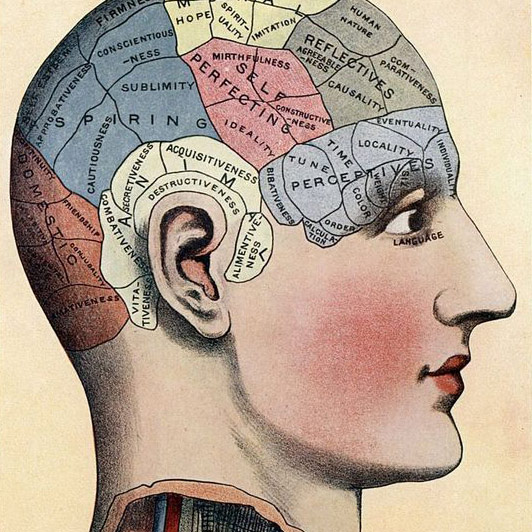
TUESDAY, Dec. 21 (HealthDay News) — Headaches are truly miserable things. There’s little good to be said about throbbing, crushing, skull-pounding pain that makes you wince and moan.
Yet headaches can tell a lot about a person. They can indicate things you’re doing that aren’t good for you. They also can warn of serious illness.
“A headache can be a symptom of a simple organic disorder, a serious or complicated disorder, or it can be individually characteristic, like a tension headache or a migraine,” said Dr. Seymour Diamond, director of the Diamond Headache Clinic and director of the inpatient headache unit at Saint Joseph Hospital in Chicago. “There are multiple causes or variations of headaches.”
Dr. Ellen Beck, a family physician and clinical professor in family and preventive medicine at the University of California, San Diego, said that people normally have one of two types of headaches: those that result from muscle tension or strain, known as tension headaches; or headaches that result from swelling of the blood vessels in the tissues surrounding the head, called vascular headaches.
These headaches can be a clue that you’re doing something in your daily life that is causing stress or harm to your body, Beck said. Lifestyle causes of a headache can include:
- Not eating enough
- Dehydration
- Poor posture at a work station
- Eyestrain
“The headache can be a message from your body,” Beck said. “You don’t want to just treat the headache with medicine. You want to play detective and figure out what is causing the headache.”
Beck gave the example of a college student who came to her complaining of frequent and terrible headaches. She asked a few questions and found there was a simple explanation for his pain.
“It turned out he was studying and working so hard that he had forgotten to eat,” she said. The student wouldn’t eat all day long and would then consume a single meal late at night. When he began eating more regularly throughout the day, she said, his headaches largely went away.
One dreaded form of vascular headache is the migraine headache. People who have migraines often find the headache pain to be debilitating. Untreated attacks can last anywhere from four hours to three days, according to the U.S. National Institute of Neurological Disorders and Stroke.
Migraine pain differs significantly from tension headache pain. “Tension headaches tend to feel like a tight band around the head,” Beck said, and they are often accompanied by fatigue.
Migraines are not at all similar, Beck said. “Migraines are more like a hammering, pounding type of headache,” she said. Migraines usually are on one side of the head and sometimes are accompanied by nausea.
The detective work people need to do with migraines is to figure out their warning signs and headache triggers. By learning the telltale signs of an oncoming migraine attack, they can take medicine to stop the headache before it gets started. And, if they can figure out what triggers their migraines, they may be able to put a halt to them by avoiding the triggers.
Warning signs that a migraine may be developing, according to the U.S. National Institute of Neurological Disorders and Stroke, can (but do not always) include:
- An aura in your field of vision
- Difficulty speaking
- Smelling something that’s not there, such as oranges
- Confusion
- Nausea
- Loss of appetite
- Increased sensitivity to bright light or loud noise
Migraine triggers, on the other hand, vary greatly from person to person. Common ones, though, include:
- Certain foods
- Strong odors or fumes
- Mood problems, such as depression or anxiety
- Missed medication doses
- Low blood sugar
- Sudden changes in weather
- Bright or flashing lights
- Menstruation and other hormonal changes
Avoiding these triggers can be as simple as wearing a hat and sunglasses when you’re outside, or ingesting some medication or caffeine just before your period, Beck said.
And then there are signs that a headache might be indicative of a more serious medical condition, such as a tumor or aneurysm, Beck said. Red flags include:
- A type of severe headache pain you’ve never felt before
- Headache pain that won’t respond to medication or other treatment
- Headaches that wake you from your sleep
- Fever accompanying a headache
- Confusion or nerve symptoms along with a headache
“These dangerous headaches are rare, but we physicians want to be able to identify them as soon as possible,” Beck said. “If there’s something that worries you, it’s better to see your physician.”
Diamond agrees. “If you’re getting more than three or four headaches a week, or you’re taking excessive amounts of analgesics on a daily or almost daily basis, you should seek out care,” he said.
More information
The American Academy of Family physicians has more about headache symptoms and diagnosis.
For more on living with migraines, read about one woman’s story.

